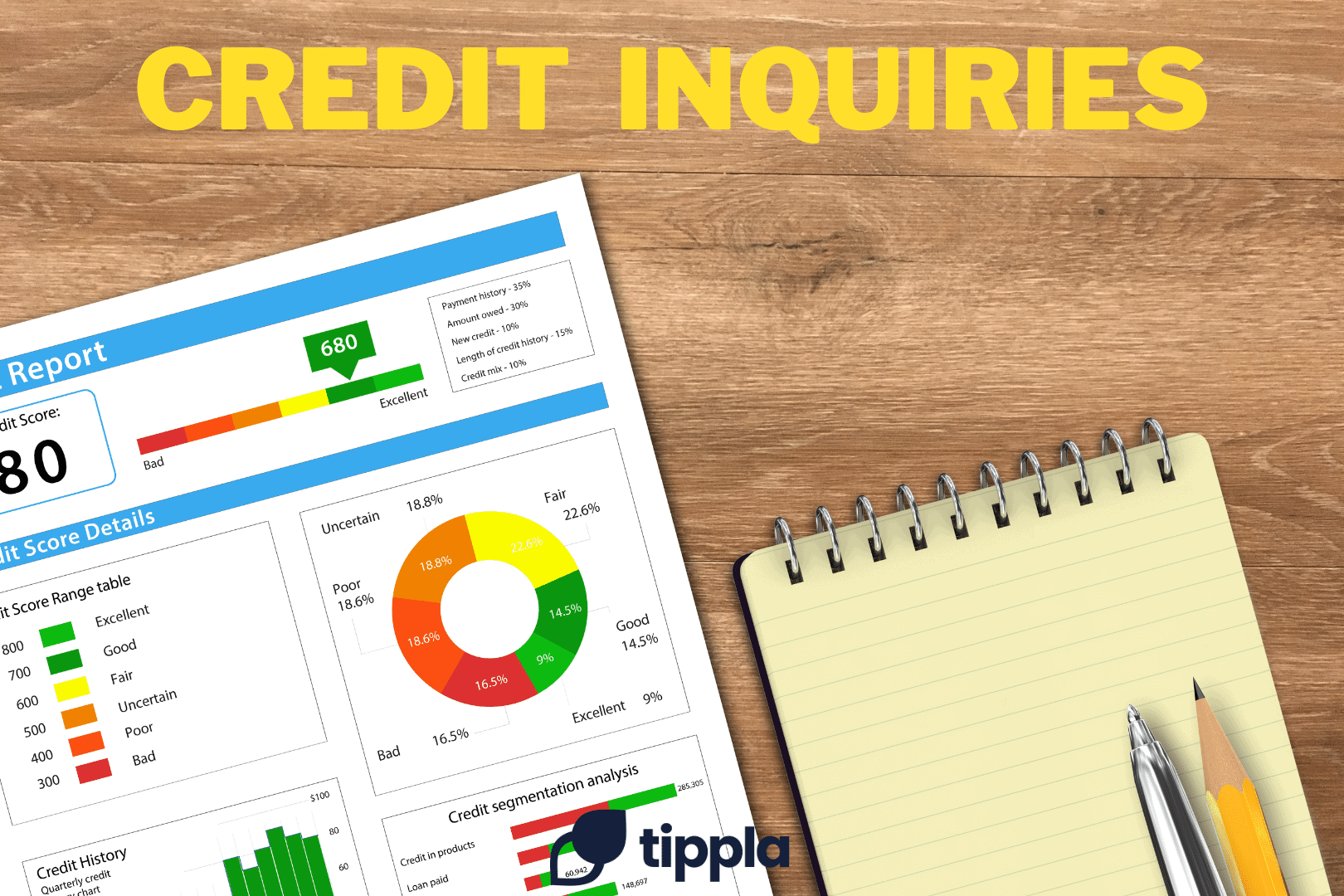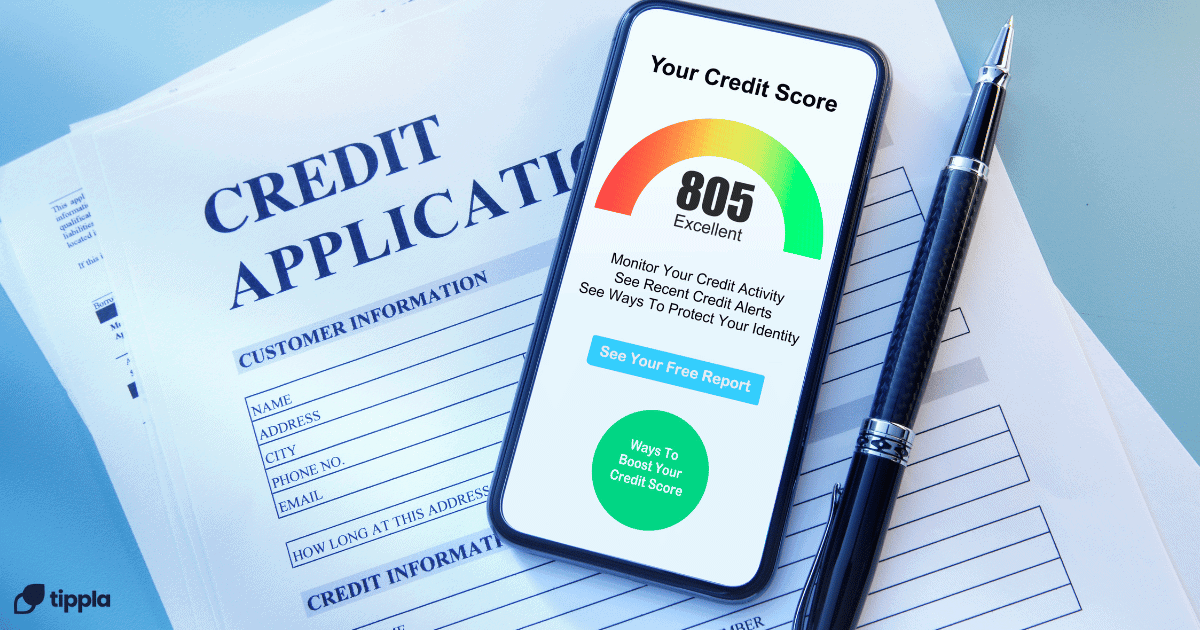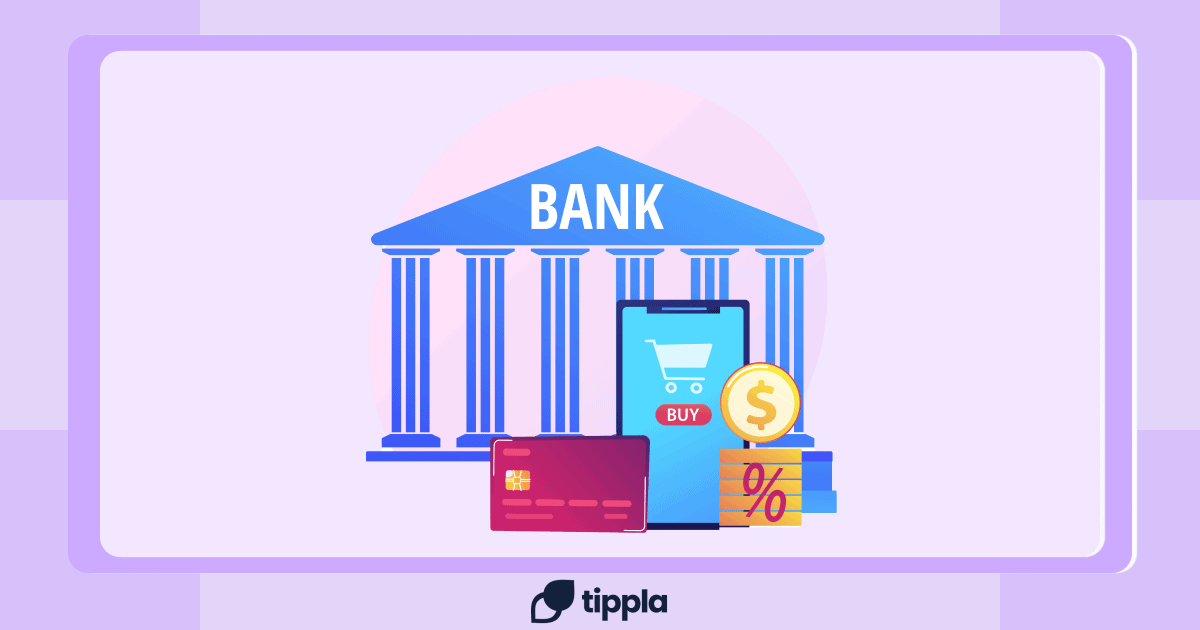Published in August 12, 2021
What is APR?

APR stands for the Annual Percentage Rate.
Annual Percentage Rate
The annual percentage rate (APR) is the amount it costs a lender to grant you a loan. With your loan balance, you’ll be required to make payments to the balance, including additional payments to pay the APR.
The annual percentage rate mainly consists of the interest rate of your loan. However, it also includes any additional fees as well as discounts on your interest rate.
Therefore, when taking out a loan, you’ll be provided with the interest rate along with the APR. It’s typically slightly higher since it consists of additional costs.
Your APR will be calculated off your credit history; meaning a better credit can offer you better rates.
How does APR work?
The extra money you pay your lender for the favour of extending you the loan is presented as a percentage rate called the APR.
The APR is intertwined with your monthly loan payment. Part of your payment goes to the loan principal – the balance you initially took out – and a fraction of it pays the APR.
There are several factors that help determine the APR. This includes:
Interest
Interest is an additional cost to the loan principal that’s a percentage of the loan balance. For example, if your loan has a 3% interest rate, then you owe 3% of the unpaid balance each month until the full amount is paid off.
Points
Costs such as the loan origination fees are part of the points. The loan origination fee compensates the lender for its initial costs. Other costs such as the broker fees are also included as points. Like interest, points are also expressed as a percentage.
You can also purchase discount points at the time you take out the loan. Discount points grant you a lower interest rate for the term of the loan.
Depending on the lender, the X cost of a discount point may decrease your interest rate by Y amount of percentage points.
Although discount points are costly when purchasing up-front, they work in your favour in the long term when the savings on interest exceed the cost of purchasing the point.
Lenders mortgage insurance
If you owe lenders mortgage insurance (LMI), you may have it included in the APR. If your down payment is less than 20%, you’ll be required to pay mortgage insurance premiums if your loan-to-value ratio remains above 80%.
Payment schedule
The calculation of how many payments you need to make to pay off the loan is known as a payment schedule. It’s also a function of the percentage of the payment that goes towards the principal, amount of interest paid, amount going towards other costs, all divided over the term of the loan.
Different types of APR
The two main types of APR are:
Variable-rate APR
If your loan has a variable rate, the interest rate can increase within the term of your loan. Variable rates are correlated with the value of an index. That index tracks and determines the health of the economy and any changes to the interest rate. APRs are tied to the value of an index that tracks the health of the economy, and the lender uses a formula to determine changes to the interest rate.
Adjustable-rate mortgages and some private student loans are examples of loans with variable-rate APRs. There’s usually a fixed-rate period on variable loans, meaning the interest rate doesn’t change for several years.
There are usually government-mandated rate caps on variable-rate loans. Those rate caps limit how much your interest rate can increase. Rate caps apply to both quarterly interest rate increases and the total interest rate increase for the loan term.
Variable-rate loans may have lower APRs initially, however that does increase in the interest rate may offset those early savings.
Fixed-rate APR
A fixed-rate loan has Maintains its interest rate throughout the term of the loan. Fixed-rate loans might have higher APRs at the onset, but over time they may save you money over variable-rate loans if you’re paying off the loan for a long time.
Most car and personal loans have fixed-rate APRs because they have relatively shorter terms. Fixed rates also apply to mortgages and other loans.
Annual percentage yield (APY)
The annual percentage yield, or APY, is the opposite of the APR. You’ll see it associated with savings accounts and interest-bearing checking accounts to show you how much interest you can expect to earn.
Like the APR, the APY is more than just the interest rate; it’s also a function of how often that interest compounds so that you’re earning interest on the interest you already earned.
Interest that compounds at a faster rate – whether daily, monthly, or annually – will earn a slightly higher APY. Depending on your bank or credit union, you may earn between 0.01% APY and 2.5% APY or more.
Writing off APR on your taxes
You can get a tax deduction for interest paid on some types of loans. However, not all loans are eligible, and you generally can’t write off the payments you make toward the loan balance.
The following types of loans have tax-deductible interest:
– Mortgages, including home equity lines of credit (HELOCs) and home equity loans (second mortgages) if you use the HELOC or home equity loan to renovate your home
– Student loans.
– Auto loan interest, but only as a proportion of the amount of time you use the car for business. Such as driving for Uber or Didi
– Business loans
What’s a good APR?
The APR completely depends on the individual’s financial situation and what you need the loan for. Therefore, it doesn’t suit everyone. If your credit is good, you can get a better APR. You might be eligible for a lower APR, depending on how fast you can pay off your loan (having a shorter payment schedule).
Can I get a loan with a 0% APR?
While it is possible to get 0% APR on a loan, you likely won’t save any money by doing so. That’s because the figures that would normally comprise the APR are still baked into the loan payments you make.
Also, you’ll lose any relevant tax deductions for interest because you’re not technically paying interest.
0% APR credit card
It is possible to get a credit card with 0% APR. With this type of credit card, the 0% APR promotional period lasts for around 12 to 18 months, after which you must pay the full APR on the remaining balance.
For people who have a lot of credit card debt, a 0% APR credit card can help them consolidate that debt and make it easier to pay off. But when the promotional period ends, you’ll have to pay the usual credit card APR, which may be much higher.
While we at Tippla will always do our best to provide you with the information you need to financially thrive, it’s important to note that we’re not debt counsellors, nor do we provide financial advice. Be sure to speak to your financial services professional before making any decisions.
Related articles

The Difference Between Hard and Soft Credit Inquiries
14/07/2023
Understanding all the factors that can affect your creditworthiness...

How to Prevent Mistakes on Your Credit Report
22/10/2021
Whilst mistakes on your credit report can be common,...

Understanding and Using Line of Credit Loans
23/07/2024
In Australia, the financial landscape offers a variety of...

When Do Banks Do a Credit Check For Personal Loans?
19/10/2021
If you’re in the market for a personal loan,...
Subscribe to our newsletter
Stay up to date with Tippla's financial blog